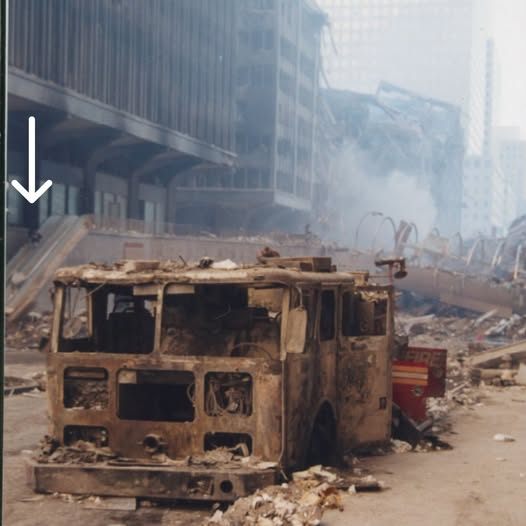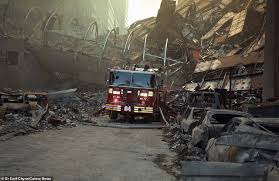The Survivors’ Stairs: A Pathway to Life Amid Tragedy

The Survivors’ Stairs: A Pathway to Life Amid Tragedy
On the morning of September 11, 2001, thousands of lives changed forever in Lower Manhattan. Amid the smoke, fire, and chaos, one small but vital structure became a lifeline: the Vesey Street stairs, later known as the Survivors’ Stairs.
These granite steps once connected the World Trade Center’s Austin J. Tobin Plaza to the street below. For hundreds of people fleeing the North Tower and surrounding areas, they offered an unobstructed escape route. Even as debris rained down from above, desperate survivors found their way to safety by following this modest passage.
Unlike much of the surrounding plaza, the stairs endured the unthinkable. When the Twin Towers collapsed, the Vesey Street stairs were scarred but still standing. For many who had descended them that morning, their survival felt almost miraculous.
In the years after the attacks, the fate of the stairs came into question. Cleanup efforts, demolition of nearby buildings, and redevelopment plans threatened to erase this physical piece of history. Yet preservationists, survivors, and advocates recognized their importance. These were not just stairs—they were witnesses, testaments, and symbols of hope.
Through tireless efforts, the structure was saved. Moved and preserved, the Survivors’ Stairs now rest within the 9/11 Memorial & Museum. There, they speak without words, offering visitors a tangible link to the day when thousands ran for their lives.
For some, the stairs are sacred ground. They embody resilience, reminding us that survival is possible even in the darkest moments. For others, they are an educational landmark, teaching new generations about courage, chaos, and endurance.
Above all, the Survivors’ Stairs represent the human will to live. They carried people away from danger on a day defined by destruction, and now they carry forward the memory of survival.











